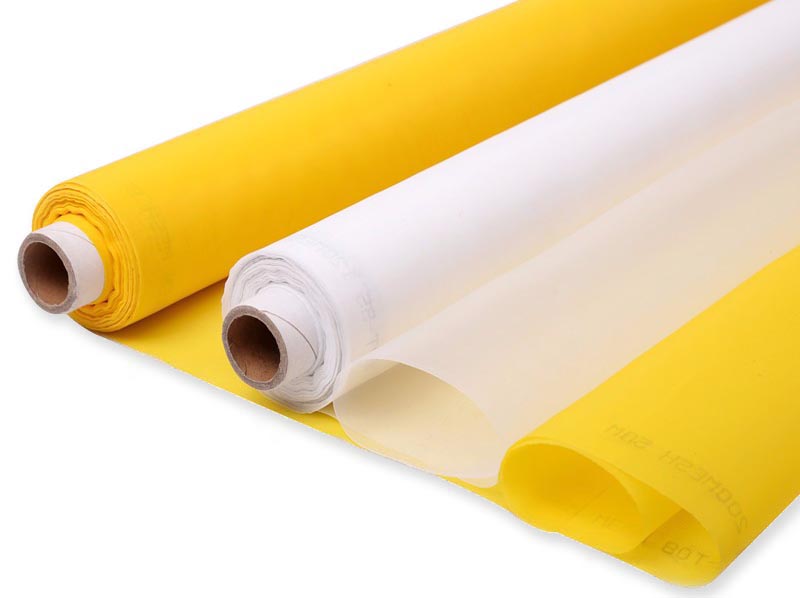Technological Process of Screen Printing Glass(Part 2)
Jul. 23, 2020
4. Stretched net chooses wire mesh and net frame to combine the two, this is stretched net. There are many ways to stretch the net. Manual, motorized, and pneumatic methods can be used. At present, the more advanced one is the pneumatic stretch net machine that can stretch the high-quality screen. The requirements for stretching the net are that the tension is uniform, that the warp and weft of the net are kept vertical, and that the mesh adhesive is firm and not slack.
In addition to the glass screen printing, the printing consumables network also brings you to know another glass printing technology, that is, glass product etching screen printing. For a long time, the etching decoration of glass products is to apply a wax layer and other reinforcing materials on the surface of the glass as a resist The etching layer is then engraved with a needle, a knife, etc. on the coating to expose the glass surface, and then hydrofluoric acid is applied to this part for corrosion. This process continues to this day and is still used by manufacturers, but its processing methods are time-consuming, laborious, and inefficient. The silkscreen etching process makes the etching decoration of glass products simple, time-saving, and labor-saving.

There are two methods of glass screen etching, hot printing, and cold printing. Thermoplastic etching screen printing is the preparation of paraffin, asphalt, stearic acid, and other adhesives, adding a small amount of resist powder to prepare a resist printing material, through hot printing silk screen, according to the design pattern, the printing material is scraped To the glass surface, a resist film is formed. The part of the Korean jewelry wholesale where the glass is exposed on the resist film is a pattern that needs to be etched. The etching is carried out with chlorofluoric acid. After etching, the resist layer printed on the glass should be washed away with boiling water. Etching of glass screen printing can also be carried out by the cold printing method. Anti-corrosion printing materials can use special asphalt paint plus anti-corrosion powder, or you can buy commercially available anti-ink ink. After the printing is completed, after the resist film is completely dried, hydrofluoric acid etching can be performed. Hot printing is suitable for the etching of two-sided continuous and four-sided continuous patterns, and cold printing is suitable for the etching of individual patterns.
The above information is provided by silk screen printing mesh supplier.







